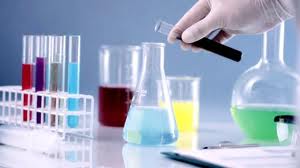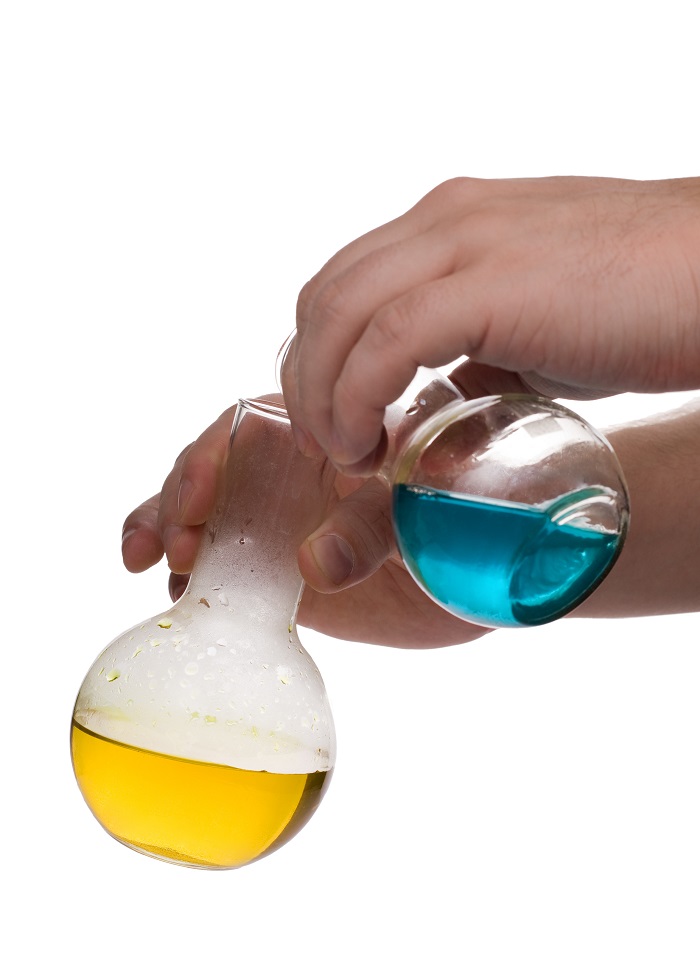The primary qualities of water soluble non flammable solvent are implied by the product’s general classification. It can be supplied in concentrated form that is diluted with water to create a solution that delivers the perfect degree of cleaning power. In addition,...











